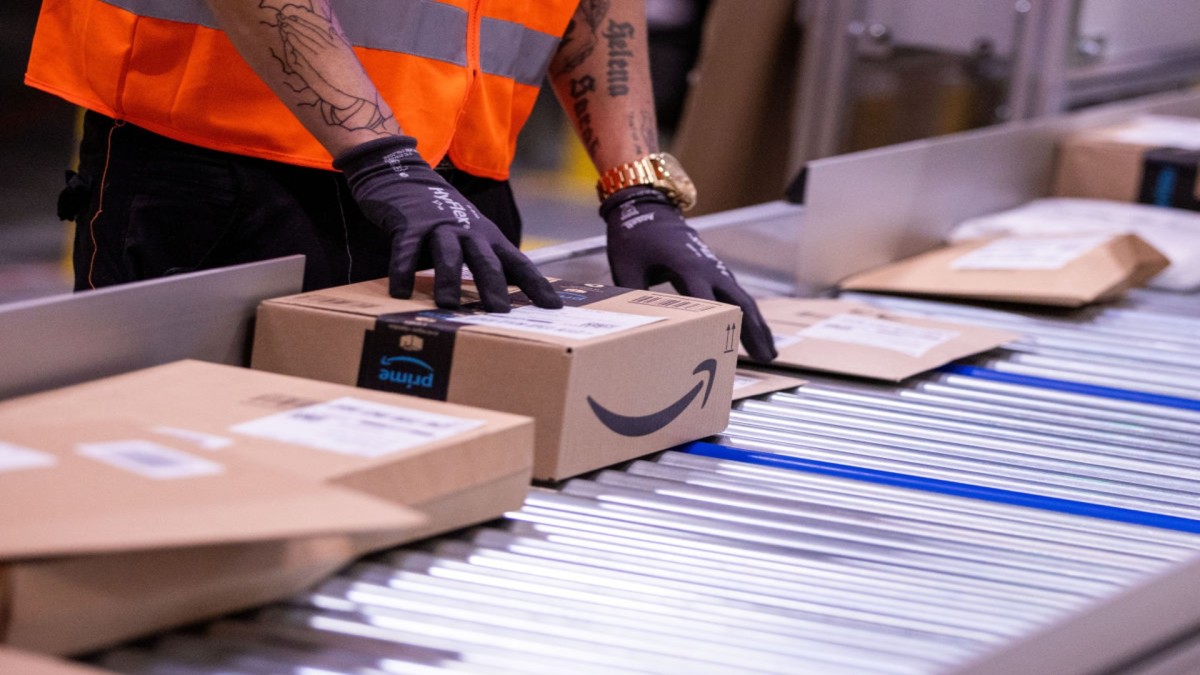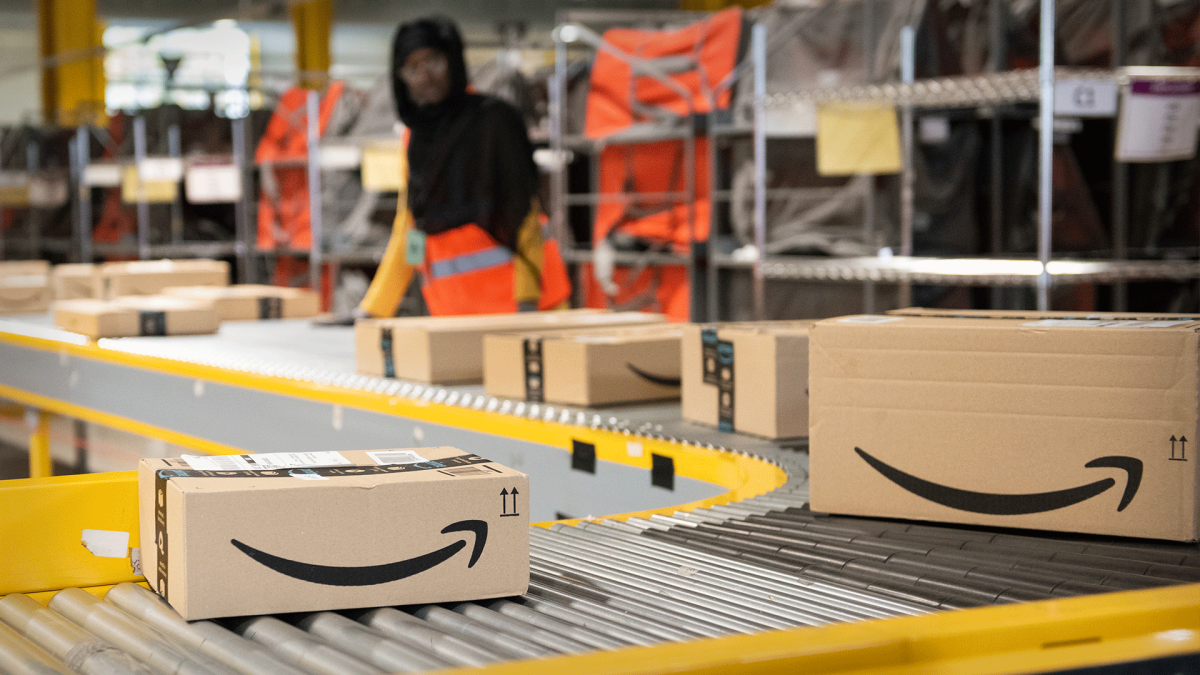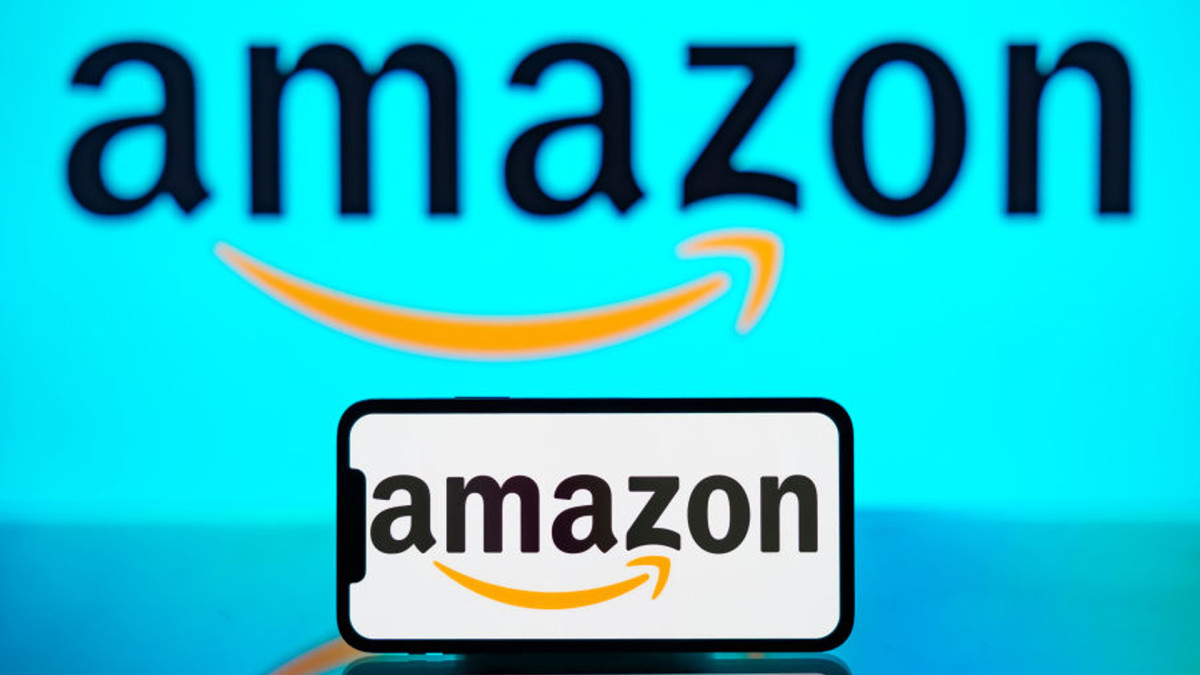Amazon and Chewy just got a major vote of confidence: Here’s why
Amazon and Chewy are riding a wave of AI-fueled growth as eCommerce gears up for a stronger 2026.

Online shopping isn't just coming back; it's growing smarter, quicker, and more customized.
After years of changing consumer patterns thanks to the aftermath of Covid, global eCommerce is ready to make a big comeback in 2026. A recent report suggests that online sales will grow by 10% per year, thanks to AI, automation, and better delivery systems.
It's not simply improved technology that leads to growth; it's also deeper integration. AI is beginning to make online stores more personal in real time, while fulfillment robots and drone deliveries are making it easier to get things right away.
As Bank of America analysts wrote:
AI-driven shopping experiences will continue to get better.
With that in mind, certain prominent companies, including Amazon and Chewy, may be more prepared than others to ride the next wave. Image source: Shutterstock
AI transforms eCommerce, boosts 2026 outlook
The digital shopping upswing is gaining steam, and AI is gradually taking over.
Inflation, tariffs, and the odd bankruptcy are in the news a lot lately, but there is a deeper change going on behind the scenes. Online shopping is become quicker, easier, and more intuitive than ever thanks to things like algorithmic customization, warehouse robots, and AI-generated product discovery.
More Retail Stocks:
- American Eagle CEO addresses Sydney Sweeney ad outrage
- Costco just sweetened the deal for Executive members
- Amazon made a change to Prime shopping to take on Target, Walmart
That's not simply hype about technology. Bank of America says that worldwide eCommerce sales will reach $4.85 trillion in 2026, which is a 10% increase from 2025. That rate is far faster than the company's prediction of 3% worldwide GDP growth, which shows how rapidly digital retail is exceeding other economic trends.
Growth in the U.S. is almost as great. BofA thinks the real growth rate for online gross merchandise volume is around 10% in 2025, although official data shows a lower pace. GMV is predicted to rise 9% year over year to $1.34 trillion.
Related: Samsung, Apple AI take different approaches to AI surge
One standout insight: “Online penetration of total retail [is projected] to expand 100bps y/y to 17.5% in 2026.” If that happens, it would mark a key recovery milestone — and possibly the start of a new AI-led phase in how Americans shop.
A major tailwind is the expected launch of Agentic AI shopping, which lets smart bots not only suggest items but also make purchases depending on user objectives, preferences, or budgets. That change might make the purchase process more faster and push people even more toward digital.
Amazon and Chewy are BofA’s top eCommerce plays
Not all eCommerce stocks are the same, but Bank of America thinks two of them, Amazon and Chewy, are the best ones to buy before 2026.
Amazon is still the best large-cap stock, since it is the leader in both digital retail and cloud infrastructure. Analysts point out that Amazon is growing its food business, using robots to improve its margins while using Prime to develop a strong position in Agentic AI purchasing.
That provides the corporation an advantage in terms of structure as AI starts to play a bigger part in how people shop.
Amazon’s 2026 positioning benefits from several tailwinds:
- Over $100 billion in gross sales of grocery and household essentials in 2024, according to Amazon
- Increased automation and robotics driving margin expansion across fulfillment centers
- Prime membership leverage creating a competitive moat in AI-driven shopping
- AI investments accelerating product discovery and purchase execution; plans are in place to spend $100 billion on capital expenses in 2025
- New capacity additions expected to boost AWS growth and delivery speeds
But Amazon isn’t the only name well positioned.
Related: Inside the secret chip tour Intel didn’t want you to see
Chewy, which has long been considered as a niche pet player, is now becoming a high-upside SMID cap.
BofA likes the firm because it might gain market share, increase profits via automation, and avoid some of the problems that other retailers are seeing in the second quarter.
Chewy hasn't only depended on the pandemic to help it grow, as a lot of mid-caps have. Instead, it's developing a strong moat with returning customers and good logistics.
Related: Palantir’s Pentagon dream just hit a classified snag
The analyst note also shows that the market is split. BofA's U.S. eCommerce coverage is trading at roughly 2.7 times projected EV/sales.
However, this average belies a big difference: Large caps are up 37% this year, while SMID companies are down 7%. That difference shows there may be selective chances and potential upside in stocks like Chewy if the mood changes.
Smarter shopping, stronger stocks?
The internet shopping experience is about to see big changes, from Agentic AI to drone delivery. There are still significant threats like tariffs and inflation, but the move toward online buying isn't over yet.
As more and more stores use automation and AI to personalize shopping experiences, businesses with the proper tech stack and dedicated customers may have the upper hand.
The lesson for investors is clear: in a $4.85 trillion eCommerce sector, it's more important than ever to select the right names.
Related: PepsiCo is fixing what broke, but shoppers may not care
What's Your Reaction?




















































